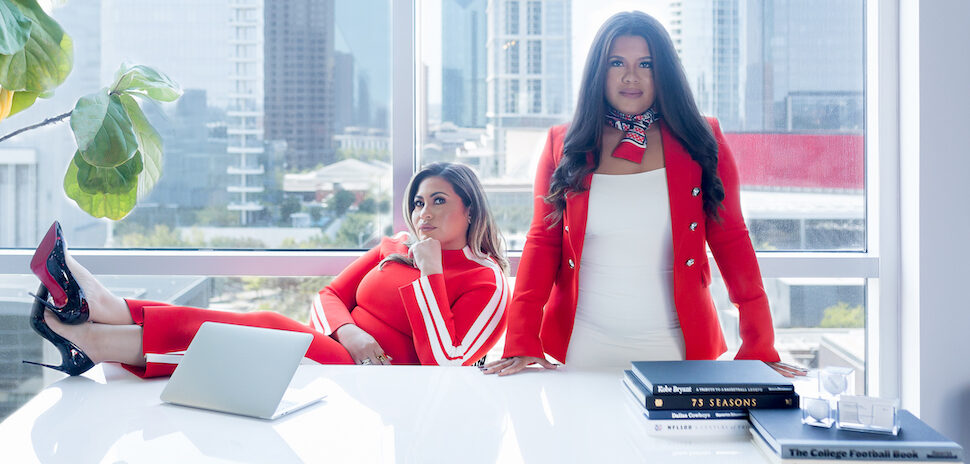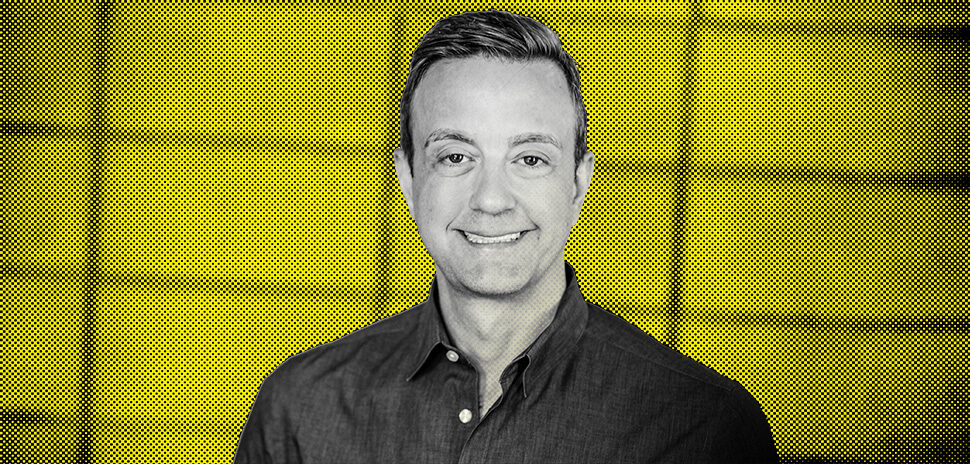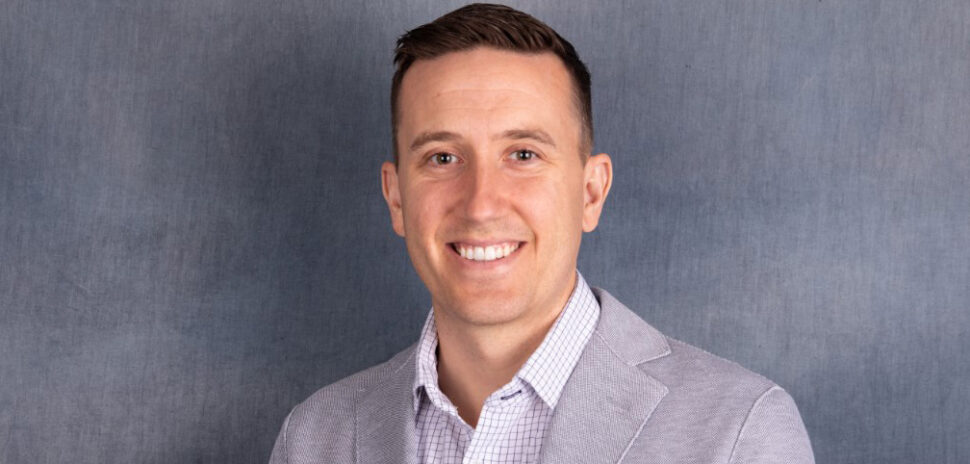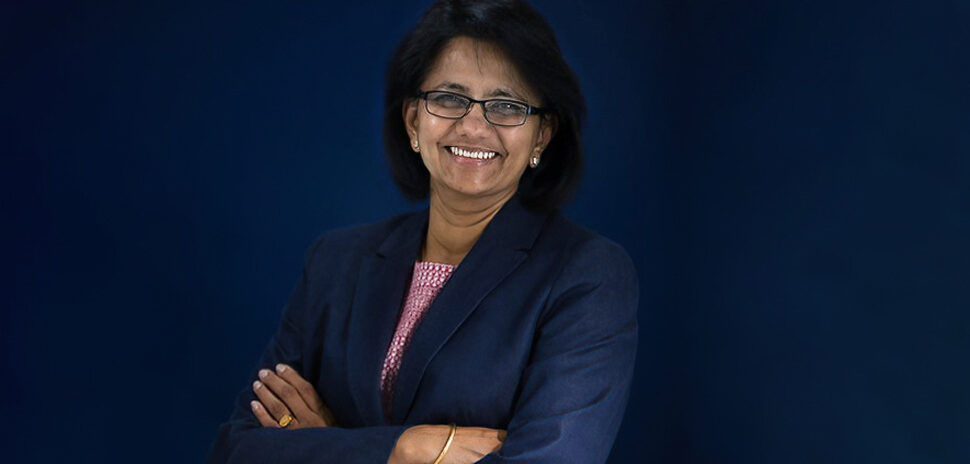The Design With a Big ‘D’ series digs into the scope and depth of the Dallas-Fort Worth UX/UI industry as the region becomes a hot spot for design talent and companies. To follow the series and get the news on what’s now and next in Dallas-Fort Worth, sign up for Dallas Innovates Every Day.
SERIES: PART 6
Think of North Texas resident Norm Cox the next time you tap to open the menu to pay for your Starbucks order on your smartphone or when you edit a Word document. Cox was on the Xerox team that developed the graphical interface that we still use today — they literally built the desktop environment that we use every day.
But nowadays, if you ask Cox about what challenge he’s most proud of resolving as a user experience professional/design thinker, he’ll tell you it was the work he did for Pizza Hut.
“Pizza Hut asked me to redo the instructional material for making pizza,” Cox recalls. “I asked what’s the root problem? Half the pizzas were incorrect or out of spec.”
Cox entered Empathy Mode and before long, made two realizations:
- Pizza Hut’s menu was so complicated, and
- The corporation’s incentive model was not properly structured.
“If you looked at the sizes of pizzas, dough types, extra toppings, there was like 1.5 million permutations,” he says. “That gets complicated for a high school kid who wants to work on the weekends.”
The second revelation came to him late at night, when he was doing field observations.
“We were sitting in a (Pizza Hut) restaurant one night, and a manager knew an order was wrong but sent it out anyway,” Cox says. “We took him out for a beer at the end of the night and asked him why. He said, ‘If I don’t think a customer will notice, we’ll send it out. If we don’t (and remake the pizza), we might get dinged for our end-of-year bonuses for using too much material — corporate knows how much materials we should be using.”
Cox drew up his recommendations, which included pairing down menu offerings and changing management compensation incentives. Cox projected that Pizza Hut could save $400 million annually.
Cox took the time to answer a few questions for us:
Was there anything you developed — the folders icon, the hamburger icon, etc. — that you collectively looked at and said, ‘We’ve really got something here.’
If you think about this, personal computing has only been around for 40 years. I think it’s a testament to the incredibly smart people who worked at PARC (Xerox’ Palo Alto Research Center) and who applied design thinking skills.
We didn’t know exactly what might come of this work we were doing. In that culture, in California in the ’70s and early ’80s, people wanted to share everything they designed and did. There was no notion of intellectual property. You wanted to show them, ‘Look what I did’. Later, people started copying things and making money on them.
How did you come up with these icons, with little to draw upon, in terms of precedent?
There was nothing to compare to them. There was no prior work. We thought, ‘What do people already recognize? One thing we noticed was simple highway signs. Those were easy to understand. They were very efficient. Given the constraints of black-and-white displays of 72-pixels-per-inch, simplicity drove a lot of our designs.
You recognize things by their shapes. Think stop signs. We looked for principles in the real world that we could put into computer screens. If you look at the (original Star Workstation demo) video, you’ll see the very simple style. After several years, it went back to that simple style again.
STAR MAN: Colleyville’s Norm Cox lived in Palo Alto in the late ’70s and early ’80s, when he helped develop the “Star” personal workstation at the Xerox PARC lab. The Star’s desktop bears a striking resemblance to modern Windows and Apple frameworks.
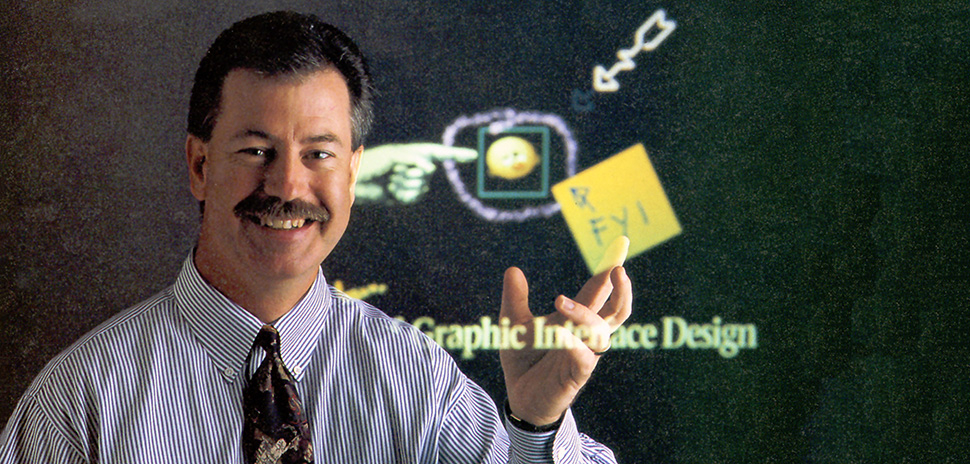
A version of this story was first published in Sept. 2018 in a Dallas Regional Chamber brochure: “Design With a Big ‘D'”.
READ NEXT
PART 1: DESIGN WITH A BIG D
The DFW Experience
Part one examines DFW as a UX hotspot. Today, four out of 10 Texas user-experience professionals work in Dallas-Fort Worth.
PART 2: DESIGN WITH A BIG D
How the Big Design Conference Came to Be
Part two looks at the beginnings of the conference. Big Design co-founder Brian Sullivan shares its origin story.
PART 3: DESIGN WITH A BIG D
Corporate by Design
Part three shares insights for how design pros help companies such as Walmart, Accenture, Bottle Rocket, Sabre, and more gain competitive advantage.
PART 4: DESIGN WITH A BIG D
Leading by Design
Part four covers a few big thinkers who are leading by design at companies such as Capital One, BBVA, Intuit, and USAA. Whether it’s slaying piles of paper receipts at tax time or making shopping an adventure, these Dallas area thoughtleaders are making their marks in their respective industries. The common thread? Dogged persistence.
PART 5: DESIGN WITH A BIG D
Meet 6 UX/UI Experts Delivering Solutions
UX/UI designers and experts are integral parts of many company operations and span across almost every industry. The Dallas-Fort Worth region has no shortage of thought leaders who are helping create the solutions for some of today’s most popular products. Here are six you need to know.
PART 6: DESIGN WITH A BIG D
Norm Cox, Iconoclast: Creating a Legacy in Design
Tap a menu on your smartphone to pay for your coffee, or edit a Word doc. Either way, you can think of Norm Cox. The North Texan was was on the Xerox team that developed the graphical user interface systems that we still use today.
PART 7: DESIGN WITH A BIG D
XR: The Experience Extended
In the service economy, winners will be companies who can best anticipate customer needs and can provide the best customer experience. Enter Extended Reality. Here are four DFW companies making bets on its future.
PART 8: DESIGN WITH A BIG D
A Look Into the Future:
Industry Leaders Say Universities Provide UX Firepower
From developing autonomous trucks to incorporating science and the arts, universities in Dallas-Fort Worth are churning out UX-perts
PART 9: DESIGN WITH A BIG D
Teaching the Next Evolution of UX Design Thinking
Multi-dimensional UX: Preston McCauley has been working to help UX professionals discover new ways to approach the craft.
PART 10: DESIGN WITH A BIG D
Societal Urgency:
UTD’s Cassini Nazir on the First-Person Experience
It would make sense that the best education in user-experience would involve a first-person experience. It’s about finding needs and figuring out how to fill them.
PART 11: DESIGN WITH A BIG D
By the Numbers: Tech Roots Give DFW the Edge in UX/UI Boom
The user experience sector is exploding in Dallas-Fort Worth. That’s a good pairing with the region’s history as a high-tech hotbed.
PART 12: DESIGN WITH A BIG D
Creative Vault: Your Guide to Resources for Designers and UX/UI Pros in DFW
There are plenty of area associations, events, organizations, and educational institutions to help designers brainstorm, commiserate, learn, and hone their skills. Here’s our resource guide to get you started.
#DesignThinking #UX/UI #DesignWithABigD ![]()
Get on the list.
Dallas Innovates, every day.
Sign up to keep your eye on what’s new and next in Dallas-Fort Worth, every day.

![Norm Cox was on the Xerox team that literally built the desktop environment we use every day. [Sources: Norm Cox, Alexey-Bezrodny/iStockphoto]](https://s24806.pcdn.co/wp-content/uploads/2018/09/norm_cox_Menu_Alexey-Bezrodny.jpg)
